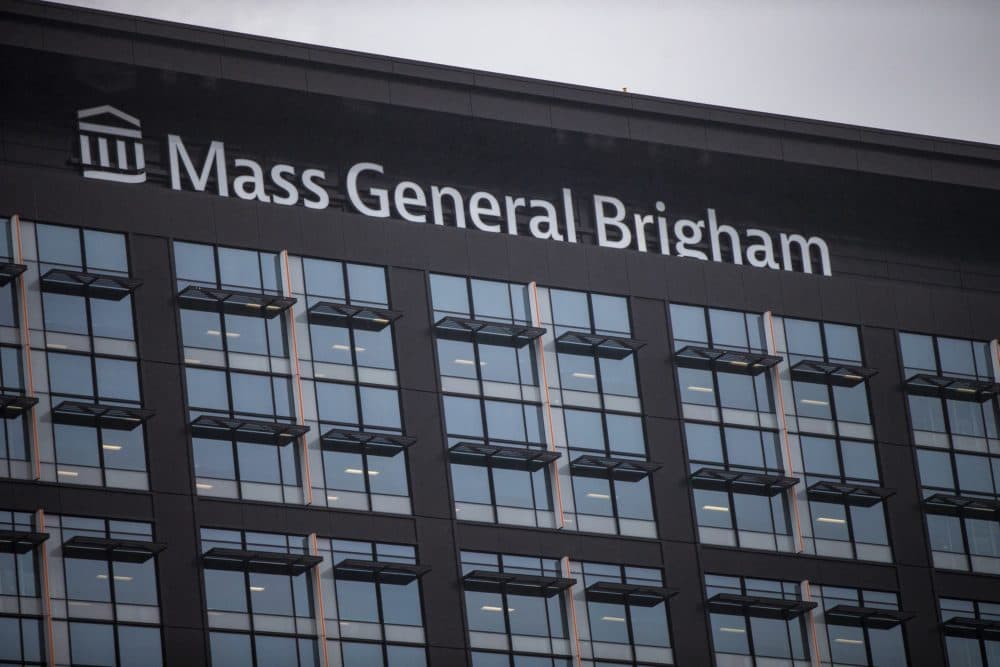Advertisement
Rising costs and worker shortages drive financial losses at state's biggest hospitals

The state’s biggest hospital network is suffering historic financial losses as it contends with inflated costs, ongoing workforce shortages and unrelenting demand from sick patients.
Mass General Brigham on Friday reported an operating loss of $432 million for the fiscal year that ended Sept. 30, the worst it has ever recorded. The health system, which includes Massachusetts General Hospital, Brigham and Women’s and several community hospitals, collected $16.7 billion in revenue — but its expenses were even greater, resulting in the overall loss.
Across the hospital industry, the financial challenges are widespread. Massachusetts Health & Hospital Association spokesperson Sam Melnick said 2022 has been “the most difficult year for healthcare providers across the board."
“Providers have done everything in their power to remain open and accessible to the patients who rely on their care, but it has come at a staggering cost,” he wrote in an email.
Mass General Brigham, in part because of its size, has more resources to weather financial challenges. But chief financial officer Niyum Gandhi said Mass General Brigham will accelerate cost-cutting efforts, focusing on administrative costs. It will also eliminate some vacant jobs.
He said patients are not likely to feel the impact of the cuts: “We're really focused on non-direct patient care areas.”
Hospitals across the state have struggled to hire enough workers and to keep up with the numbers of sick patients coming to emergency departments.

Hundreds of patients are also stuck in hospitals waiting to be discharged to rehab and nursing facilities, which are also short-staffed.
The health care system capacity problems are expected to continue through the winter, as more people become sick with respiratory illnesses such as flu. Gov. Charlie Baker's administration recently reached a 90-day agreement with health care providers and insurers to ease the backlog.
As part of that plan, health insurance companies are waiving the paperwork they normally require to transfer patients from hospitals to post-acute facilities.
“Providers have done everything in their power to remain open and accessible to the patients who rely on their care, but it has come at a staggering cost.”
Massachusetts Health and Hospital Association spokesperson Sam Melnick
Nursing facilities are extending admission hours, and hospitals are working to discharge patients earlier in the day, public health commissioner Margret Cooke said at a public meeting this week.
“We believe these steps will help ease health care capacity shortages in the commonwealth,” Cooke said.
Mass. Hospital Association leaders said hospitals will also need more government aid to help maintain services in 2023.
Martha Bebinger contributed to this report.
